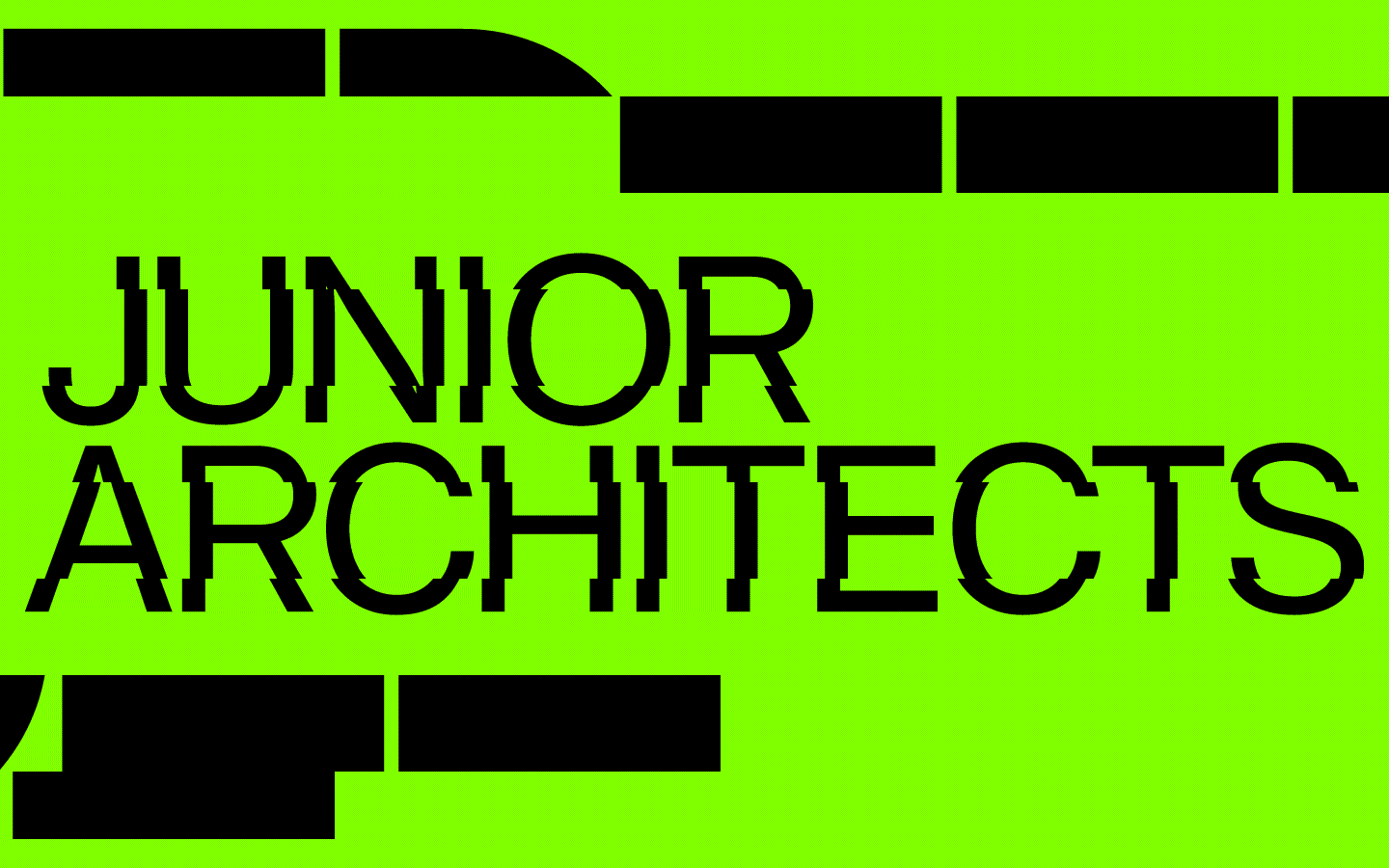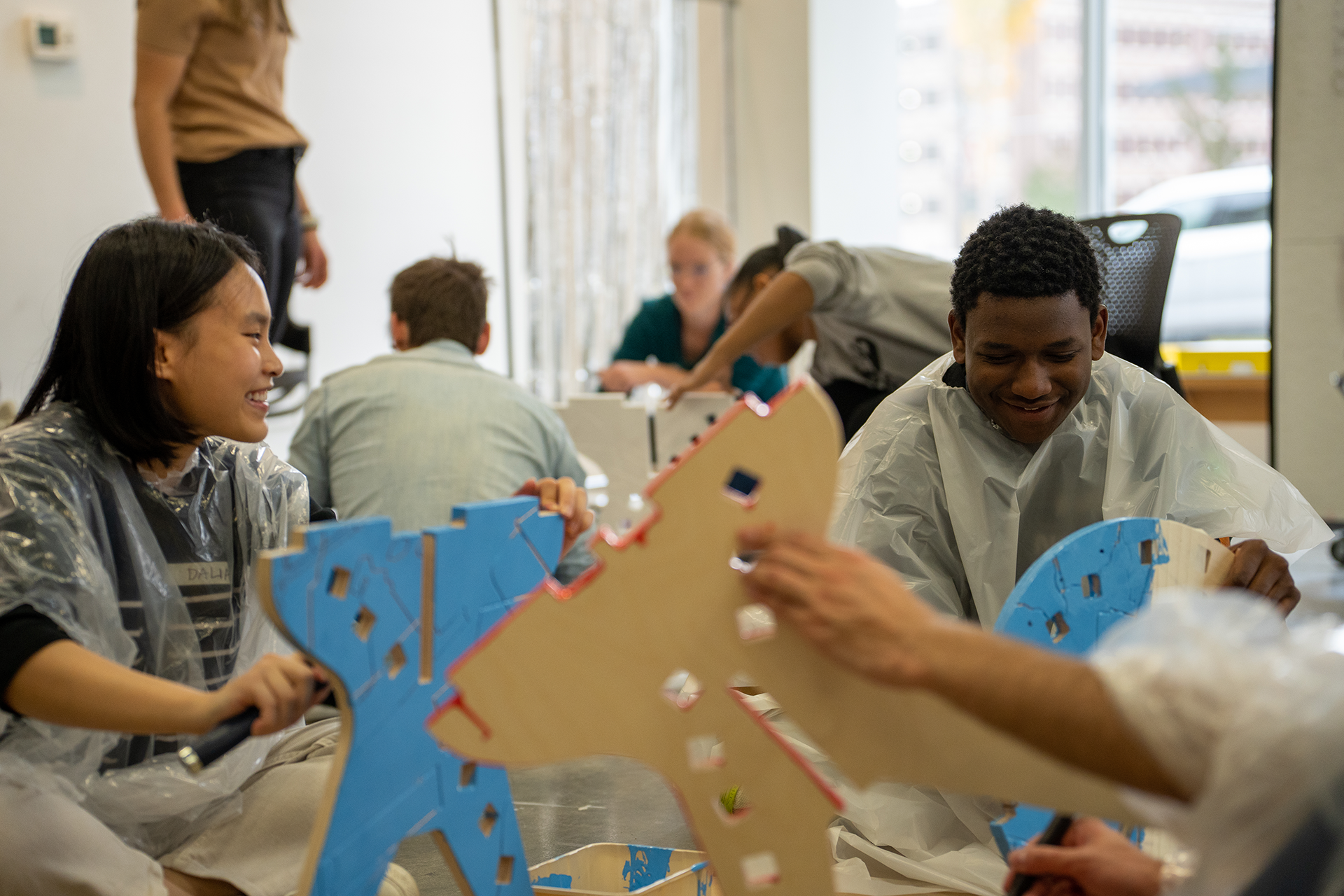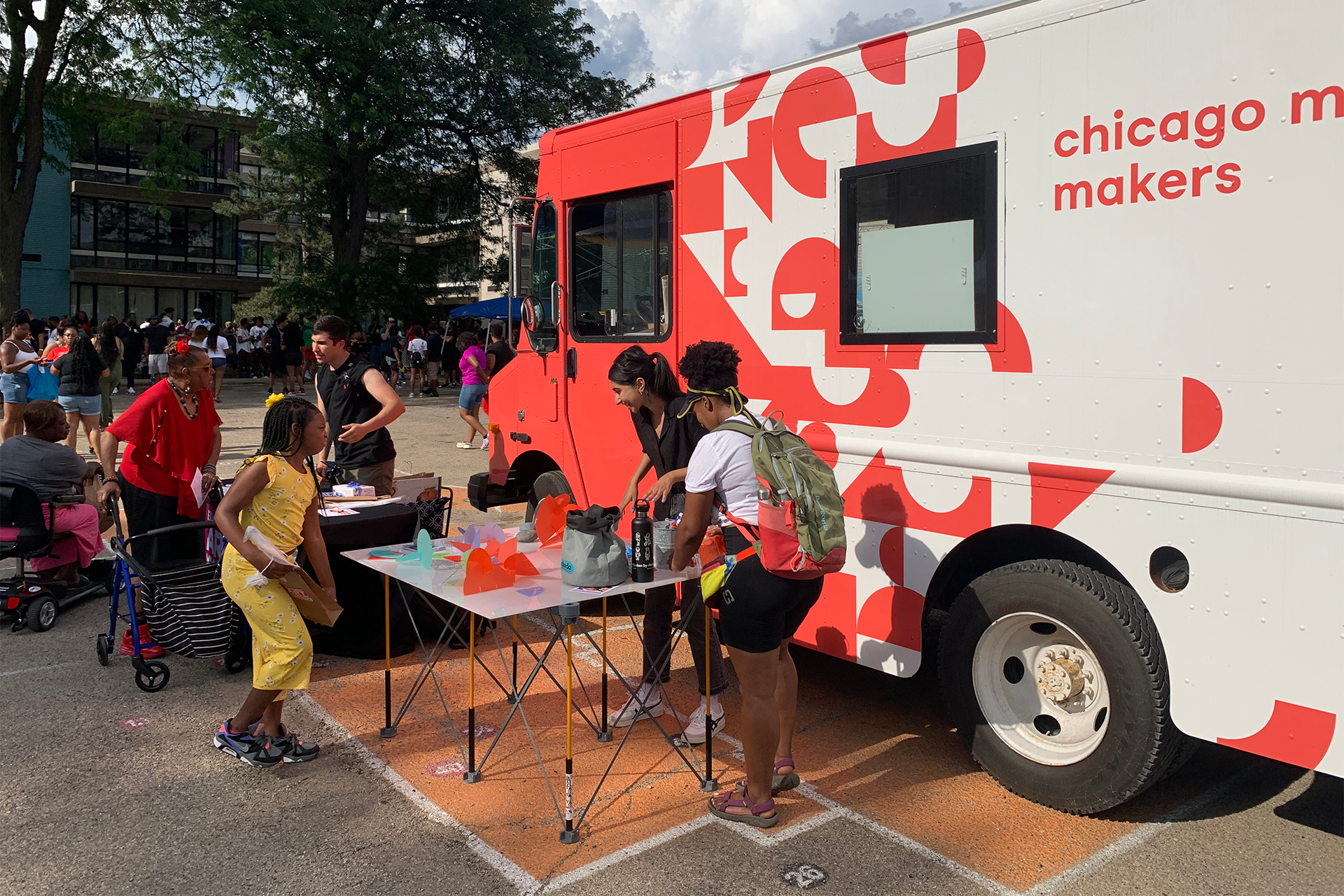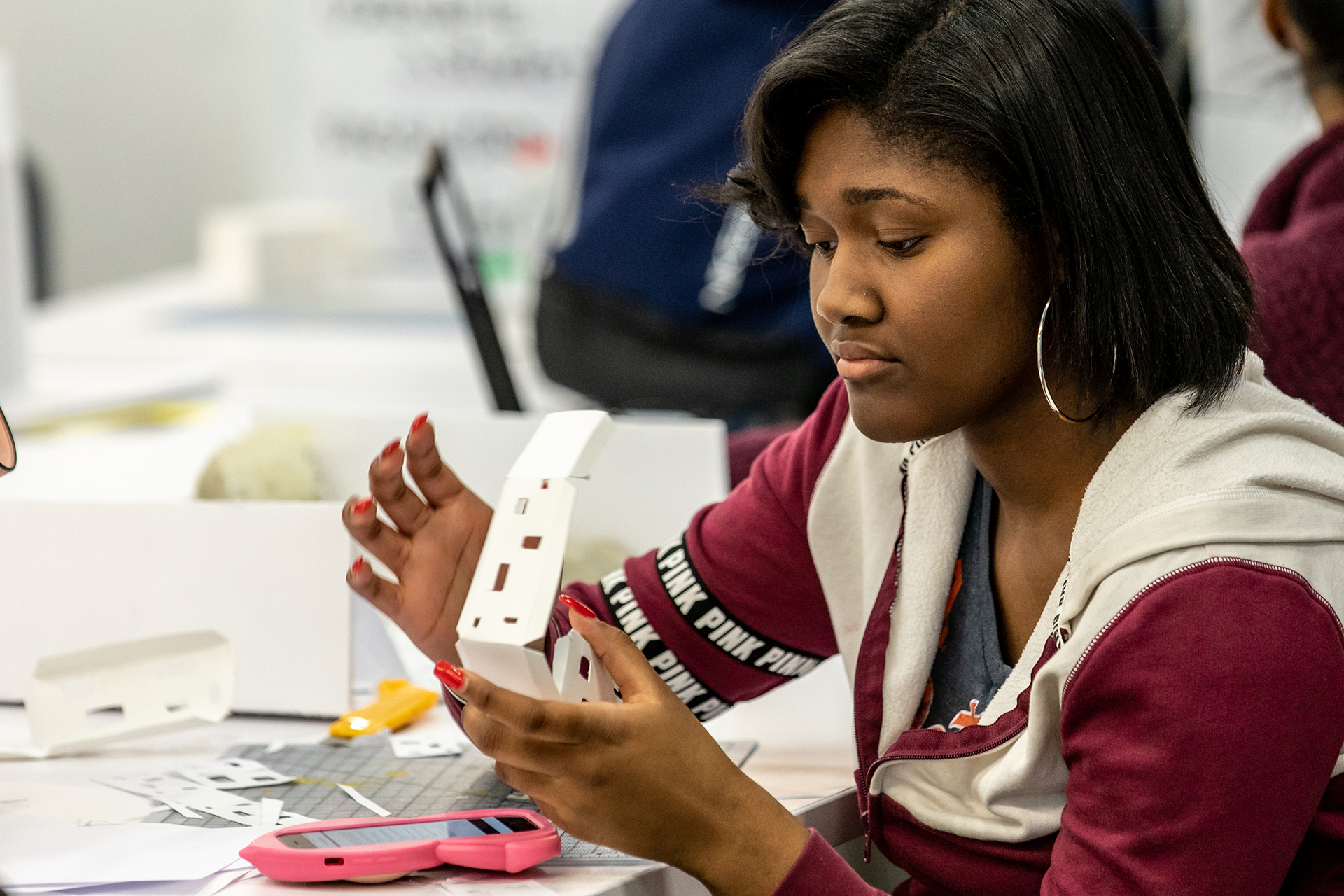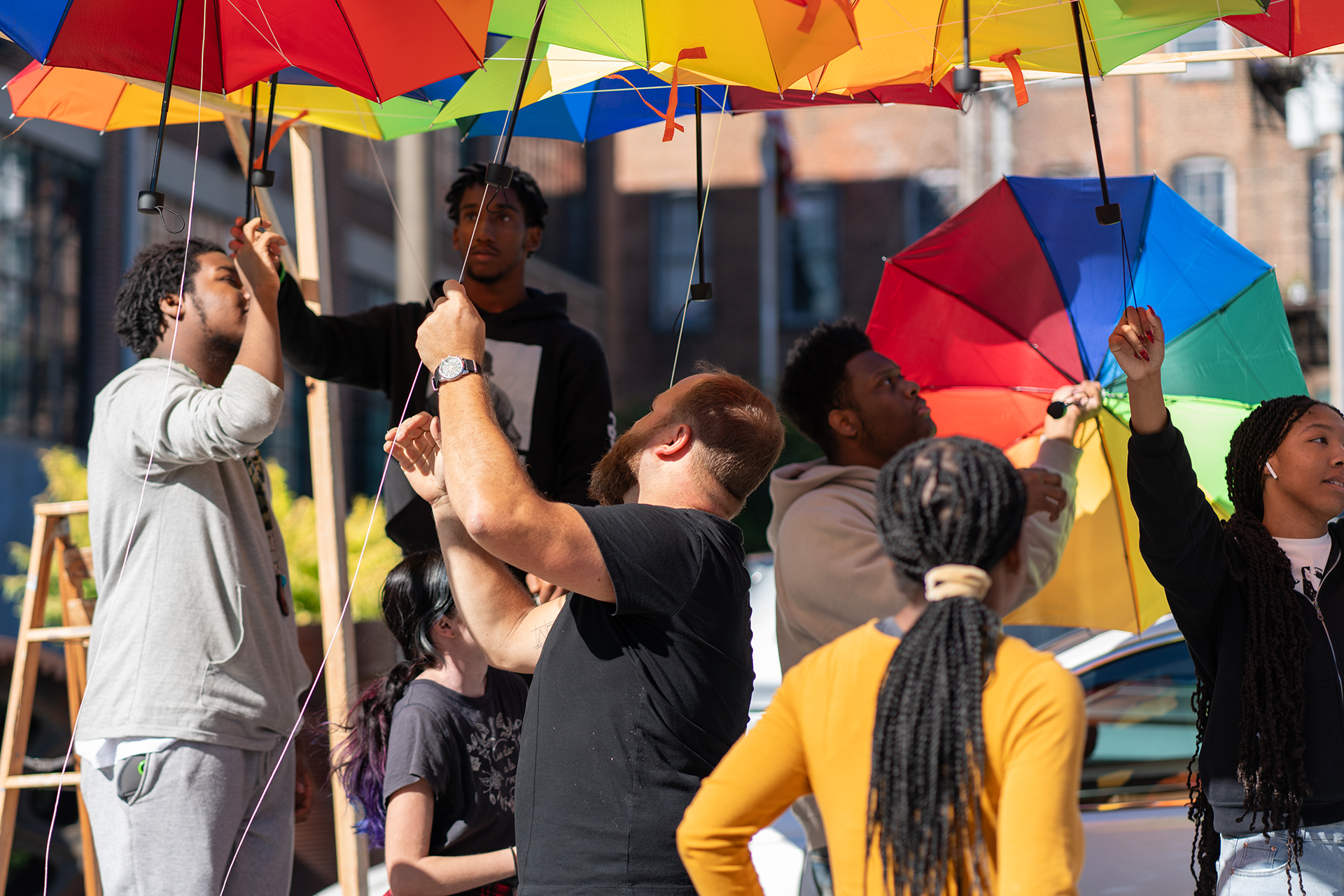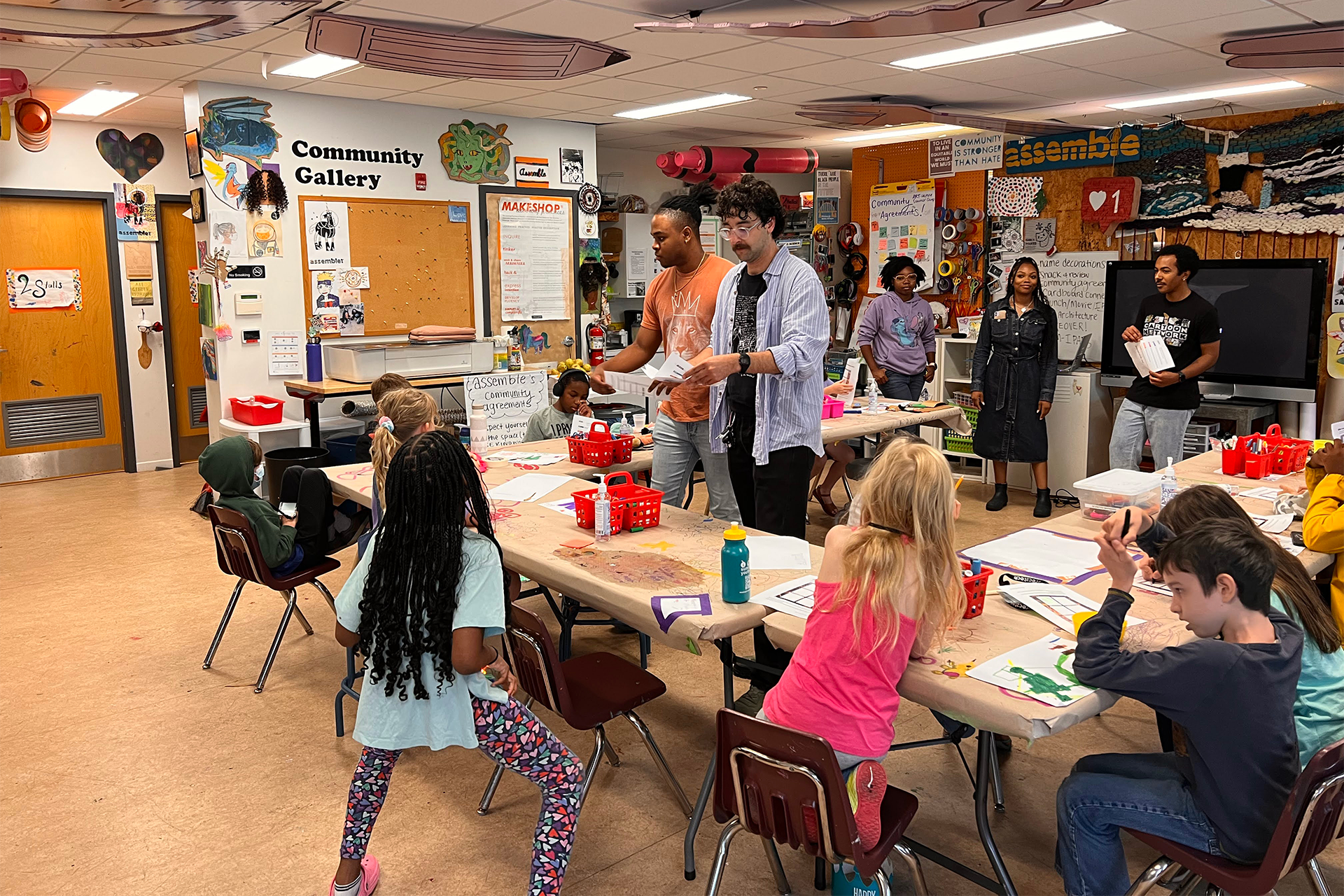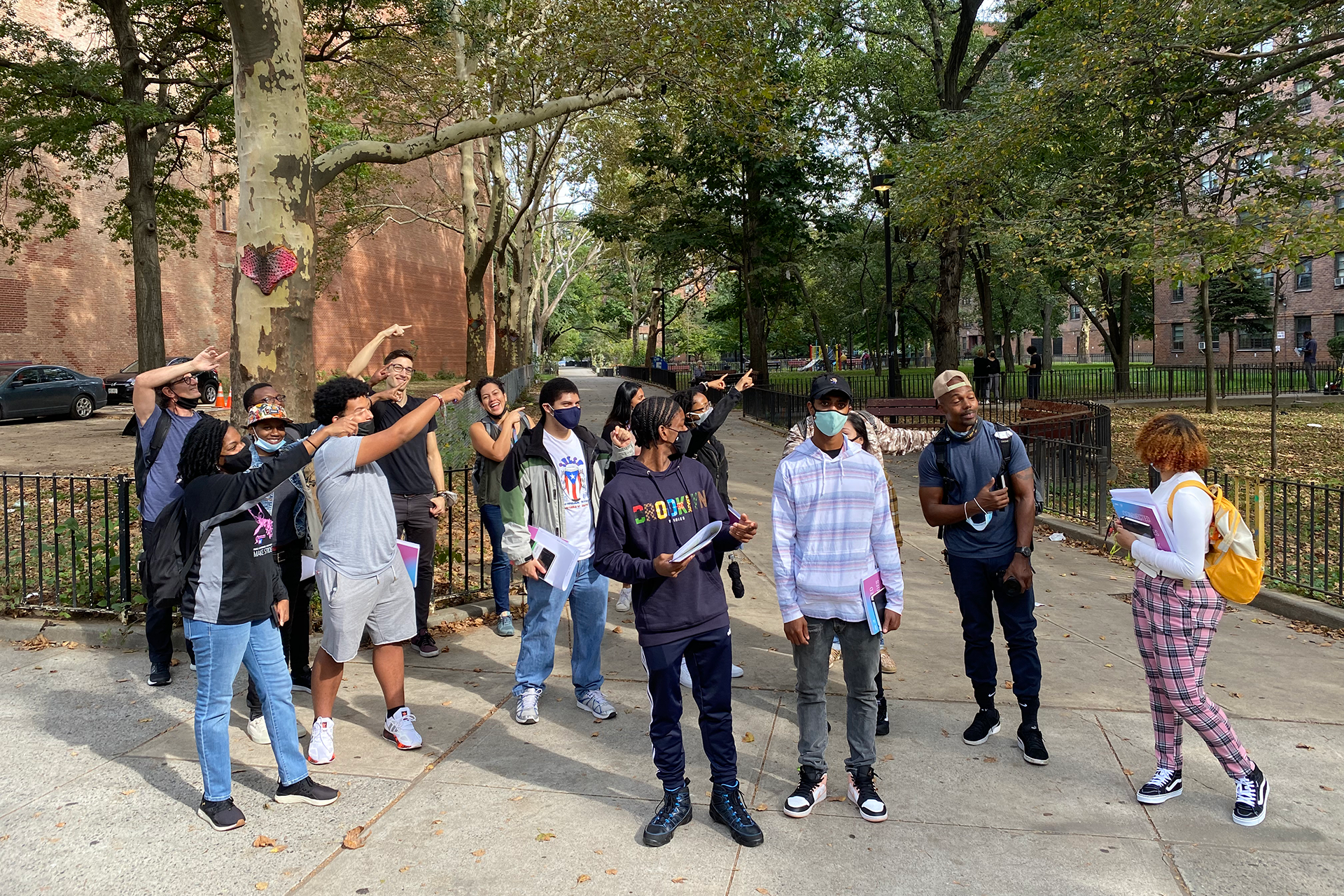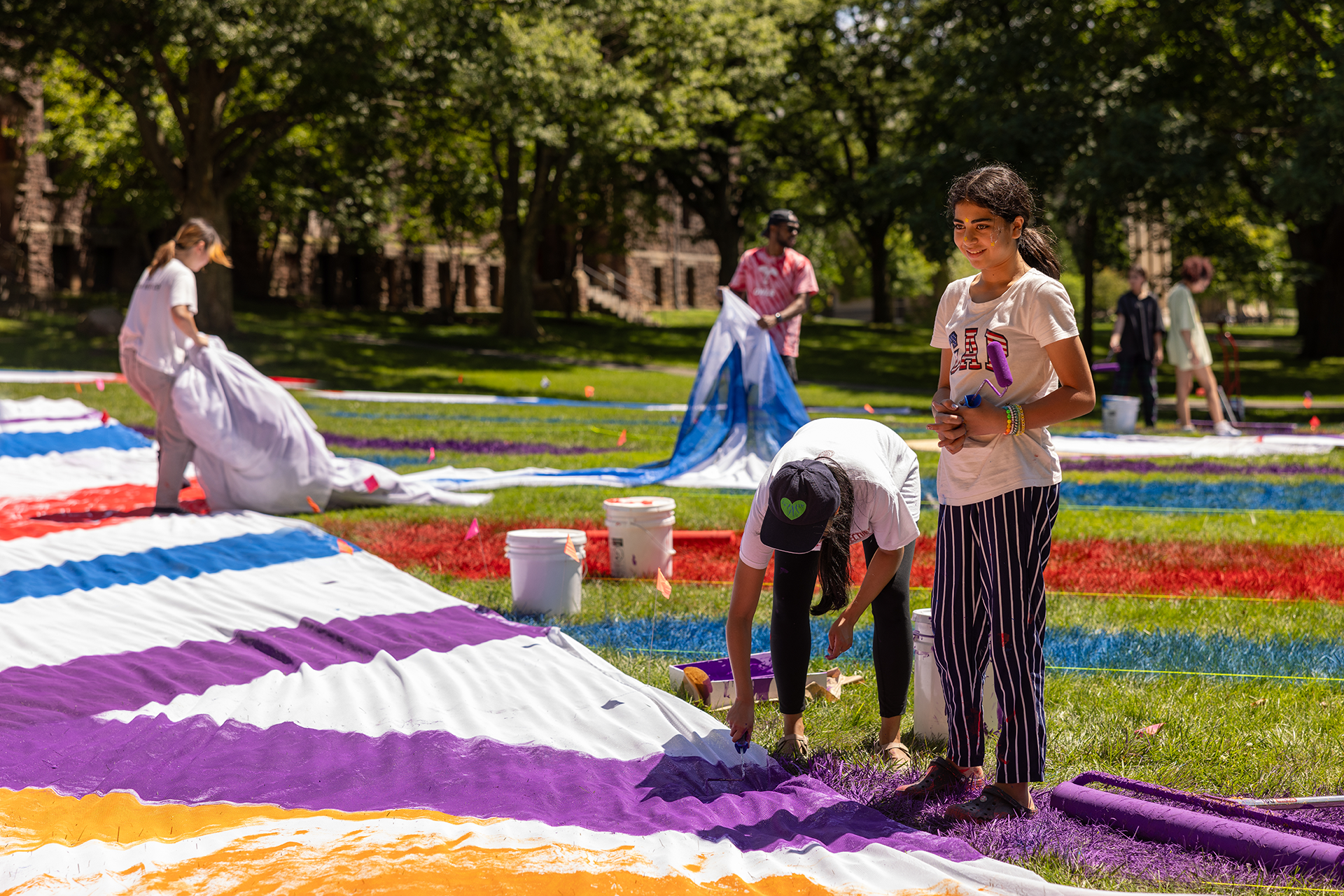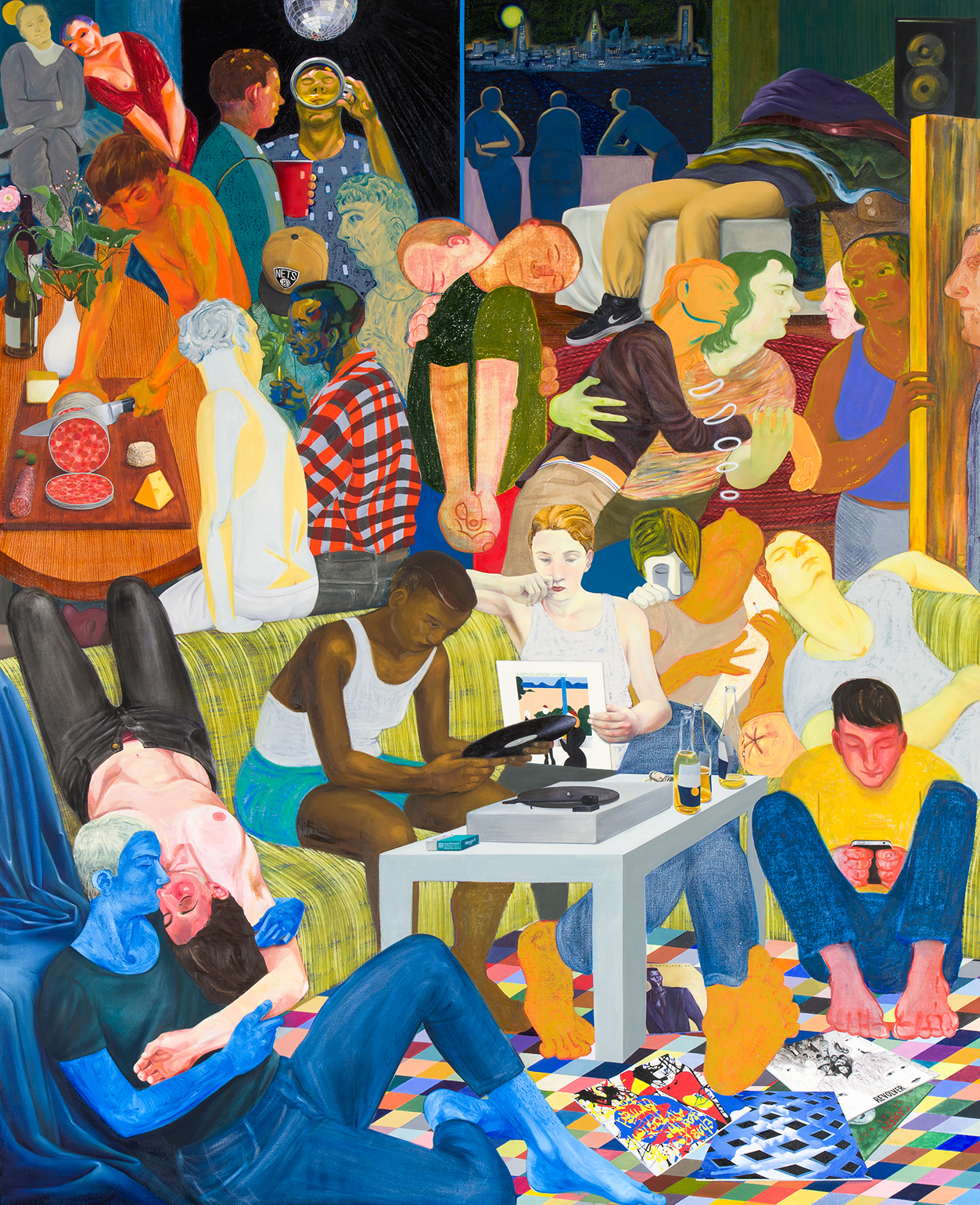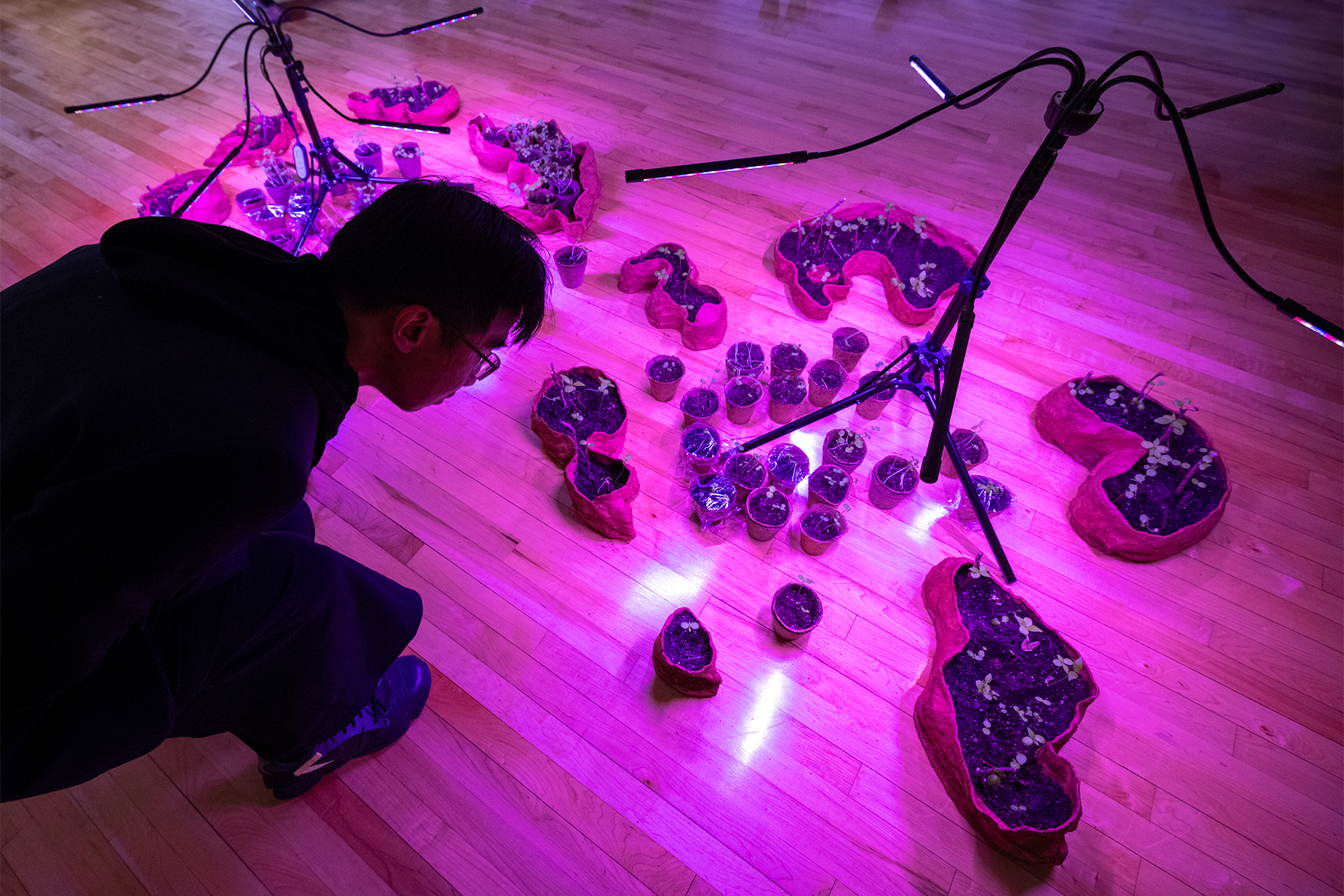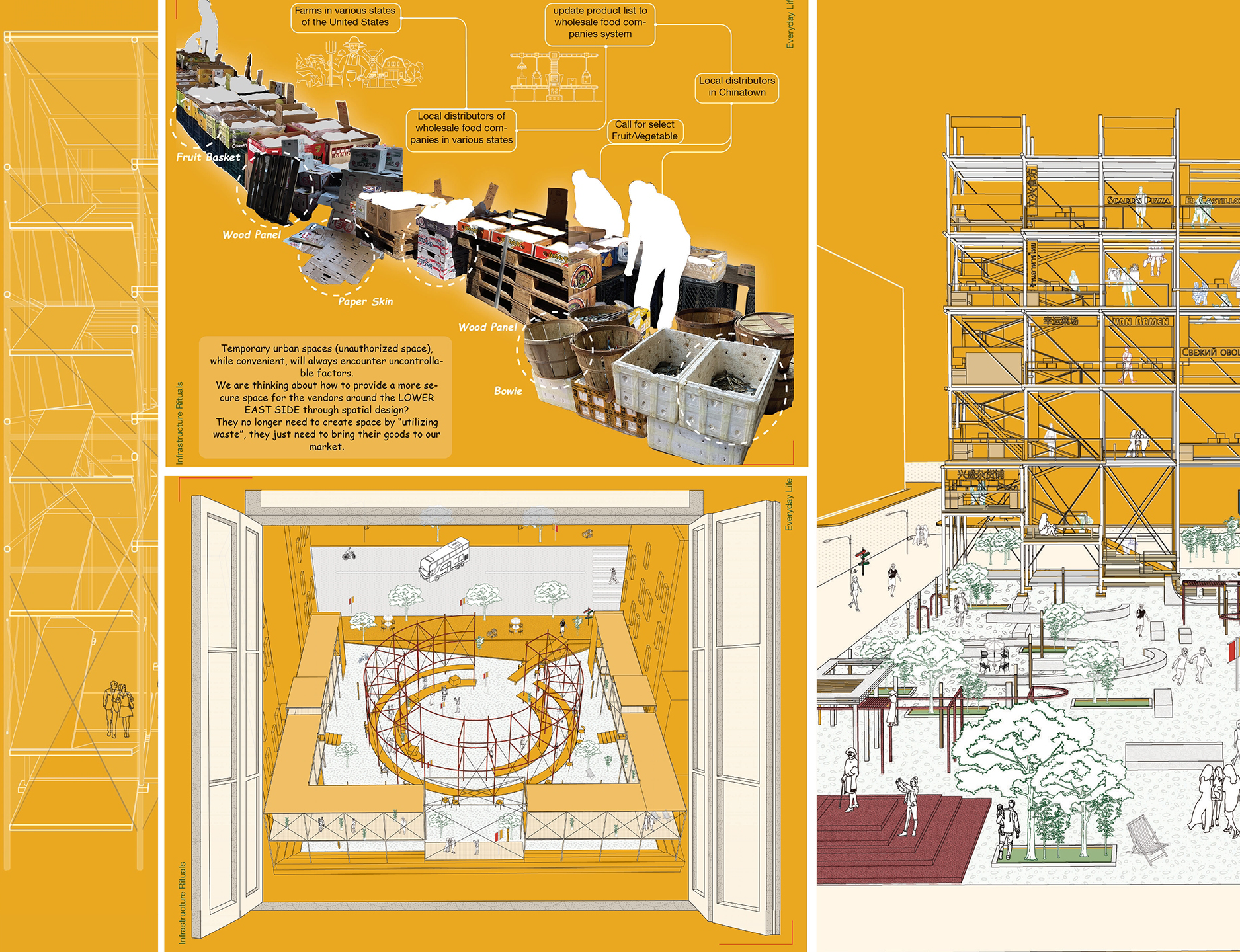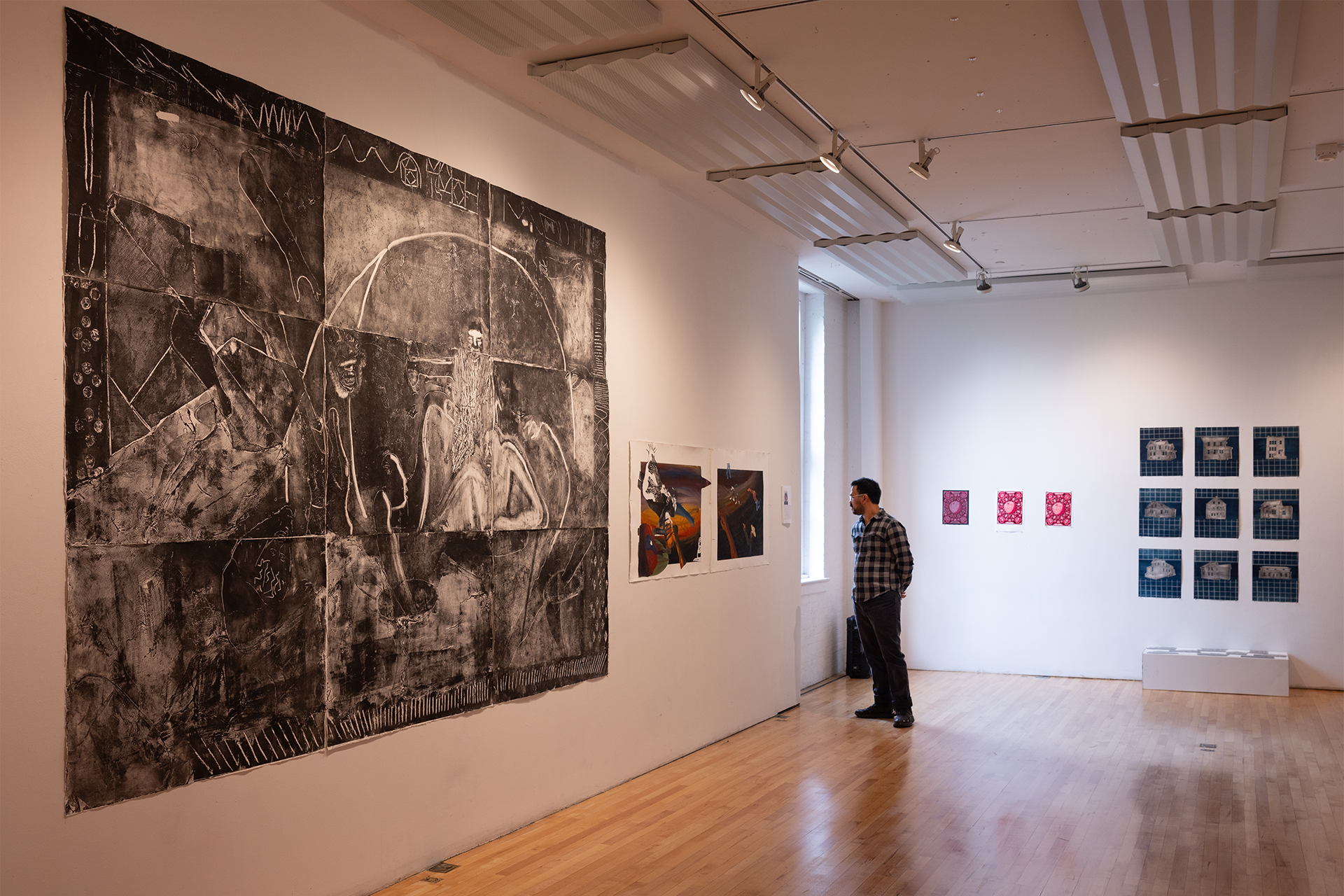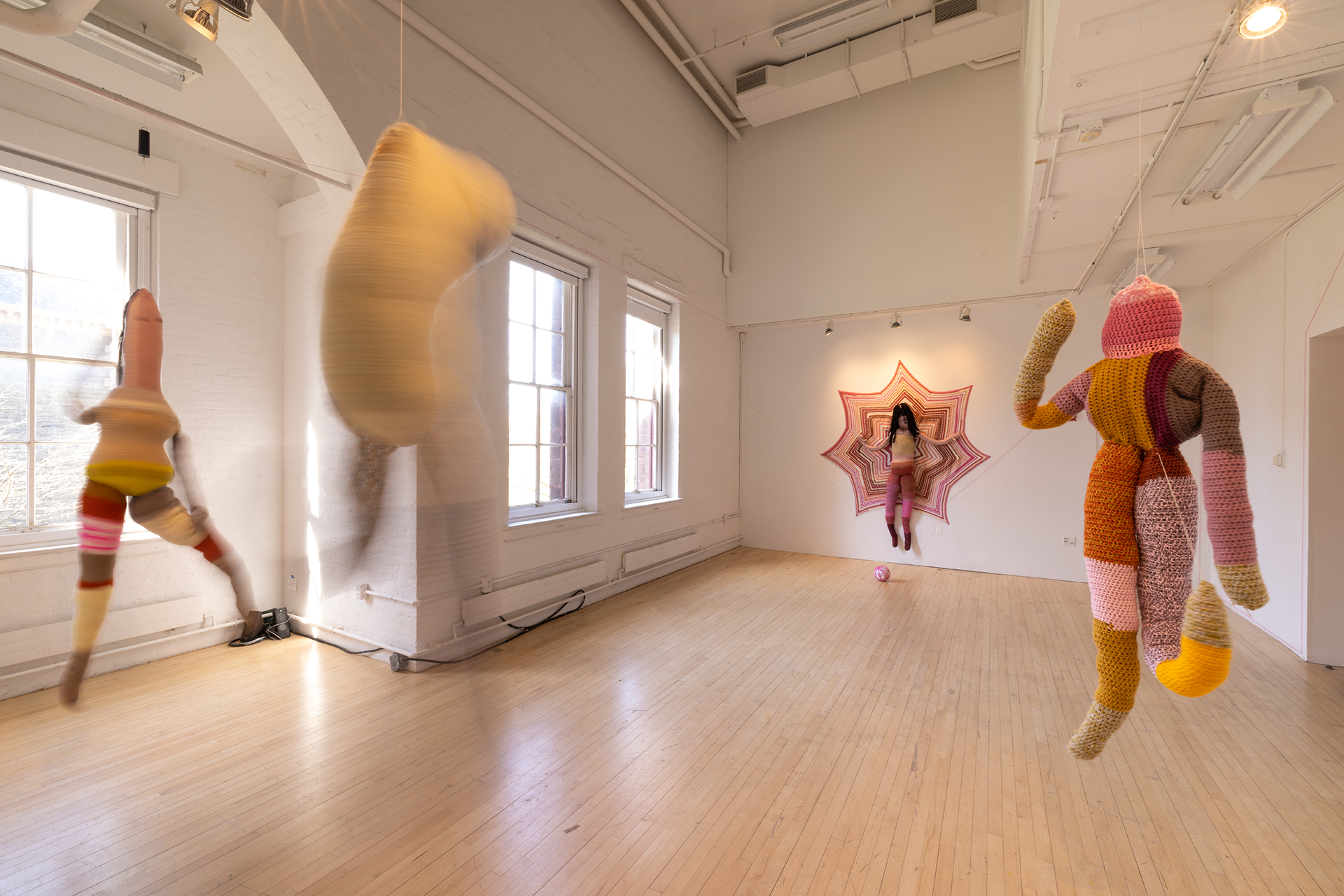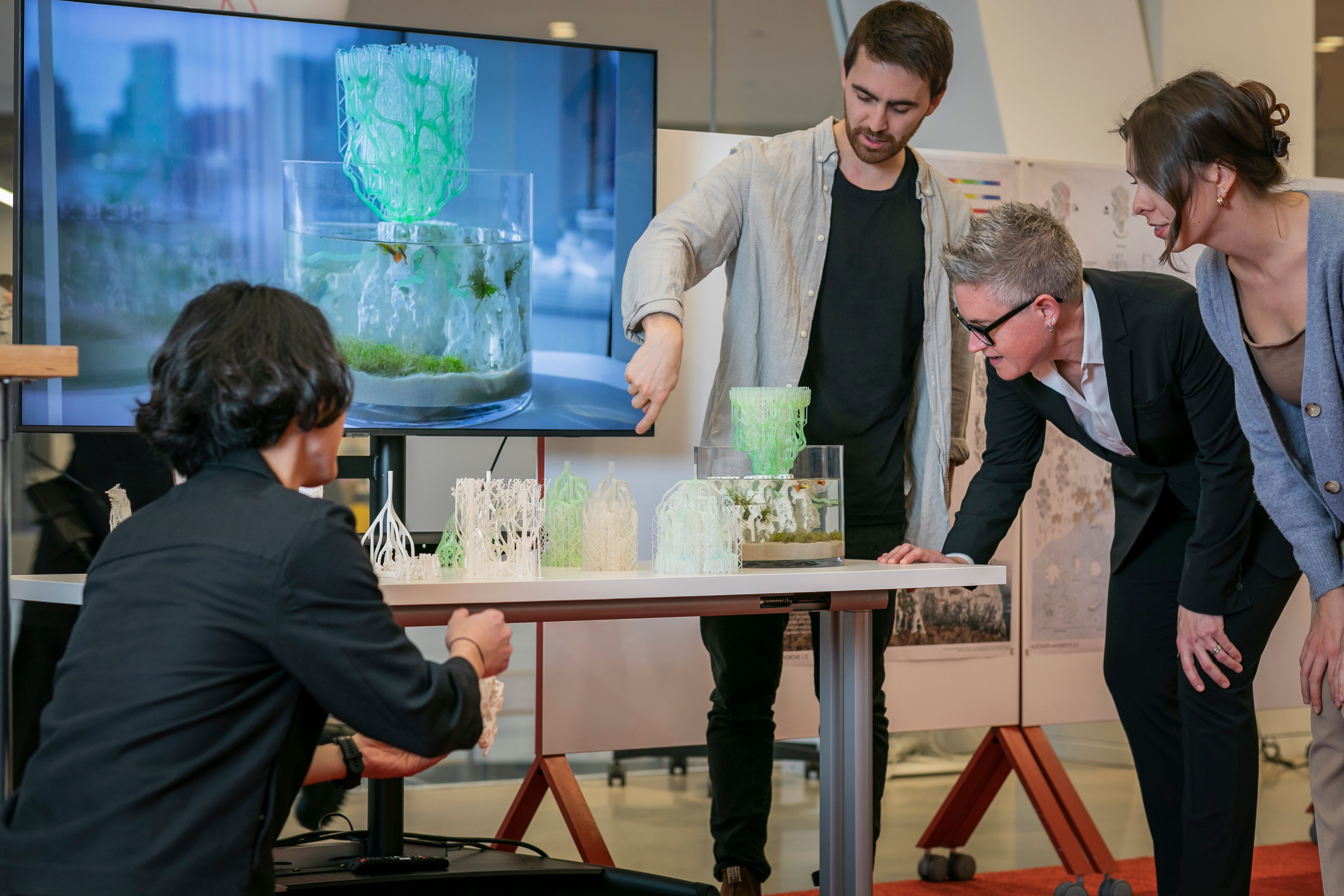Preston H. Thomas Memorial Symposium
October 20, 2023
Ithaca 14853
United States
If design educators are truly seeking to transform who participates in the field, what disruptions and adjustments might most positively impact how students are invited into the design disciplines, guided and instructed throughout their education, and prepared for professional practice?
These are questions at the forefront of Architecture Assistant Professor Suzanne Lettieri's work and the topic she brings before Cornell's College of Architecture, Art, and Planning (Cornell AAP) community with “Junior Architects: Building Disciplinary Transformation Through Education,” this semester's Preston H. Thomas Memorial Symposium on October 20. View the full symposium schedule and register to attend.
The challenge
For Lettieri, it is important to take these discussions beyond the theoretical and connect them directly with active work on the ground, especially in the aftermath of the transformative events of 2020 and, more recently, the Supreme Court decision on affirmative action in admissions and what that may signal to minoritized students. “Across the board in architecture programs, there's been this demand for educational reform and this commitment to enhance diversity and inclusivity,” says Lettieri. “For me, the symposium is about really talking about what it takes to stand behind those words.”
The evidence
To foster these conversations, Lettieri has organized, with coordination by Design Teaching Fellow Imani Day, a series of presentations and panel discussions pinned to key moments in a student's trajectory. The day will begin with Building Society, a big-picture look at the state of public schooling in the US and the disparities in student experience prior to pursuing higher education. Pedagogy & Pluralism will then confront academic elitism and the inherent difficulties in enacting meaningful change in institutional environments. To conclude, Civic Professionalism will explore the alternative career trajectories emerging from architectural education and how fostering a more culturally engaged and influential practice can reshape the discipline. During each session, academic presentations will be presented side-by-side with brief videos showcasing educators and students currently participating in pre-college enrichment programs in the US. Moderated discussions will conclude each panel.
A central focus of Lettieri's inquiry delves into the advantages pathway programs offer and what inherent problems they identify.
“The fact that these pathway programs have to exist means that we are not fully addressing the systemic issues in our country,” Lettieri says, acknowledging the embedded biases in the ways students are often taught. Still, this extracurricular work is worth examining and celebrating, as it may offer valuable insight into how to make further, high-impact improvements that transform the design disciplines.
A companion exhibition in Milstein Hall Dome will offer a comprehensive survey of approximately 25 such enrichment programs spanning the nation, showcasing their approach and impact.
Bringing symposium activity to a close, Sharon Egretta Sutton, Distinguished Visiting Professor of Architecture at Parsons School of Design, will deliver a keynote reflecting on the day's shared perspectives and offering her own takeaways, drawn from her heralded career dedicated to fostering inclusive design disciplines and developing the tools and environments to bring them to fruition.
The takeaway
The symposium's multistage approach to exploring diversity and inclusion in design education offers the chance to closely examine the opportunities inherent in each, from attracting the broadest array of candidates to the field to making sure students fully benefit from their experience within the university and then are able to find meaningful professional paths after graduation. The day will be both a celebration of those leading the way and a reminder of how much further institutions have to go.
The exciting cross-section of included viewpoints provides a more expansive look at current teaching methods and the different ways they value expertise and lived experiences. “There's not going to be just one way to approach this,” Lettieri emphasizes. “It's really a tremendous challenge, but one that offers opportunities to find empowering synergies between early-learning initiatives, communities, and higher education.”
*Images above: (2) The Ithaca-Detroit Cornell University Mellon Design Justice Workshop led by Cornell faculty Suzanne Lettieri and Karen Pinkus brought not only doctoral, graduate, and undergraduate architecture students together with local artists, activists, and community leaders but also relied on the expertise of high school students to engage the city in asking what constitutes a community of artists, designers, and thinkers and the kinds of inclusions and exclusions these efforts imply. An icebreaker between students was to design and construct a useable stool. (3) Chicago Mobile Makers, founded by Maya Bird-Murphy, is a nonprofit organization bringing design and skill-building workshops to underrepresented communities. (4) ArcPrep is an immersive, semester-long college preparatory course in architecture, urbanism, and studio design for Detroit Public School students. High school students alternate between their home schools and the University of Michigan architecture studio space, participating in three hours of architecture studio daily. (5) Baltimore Design School (BDS) provides Baltimore teens a place to learn fashion design, architectural design, and graphic design. “Park”ing Day is a public project that people engage in globally, repurposing curbside parking spaces to advocate for safer, sustainable, and more equitable public space. (6) UDream is a Carnegie Mellon University program that offers accepted applicants a 22-week post-graduate experience. As part of the program, “UDreamers” engage with K-12 students at summer camps and guide them in designing infrastructure as they spread awareness about architecture and STEM education. (7) ARCscholars brings together New York City Housing Authority (NYCHA) residents and NYC College of Technology students to approach questions, conversations, and design processes that combine architecture, urban planning, and public art, while focusing on placemaking. The program was initiated by New York City-based architect and instructor Naomi Langer. (8) The Science and Technology Entry Program (STEP) provides internship opportunities for local high school students to participate in Cornell faculty labs. Painting Public Surfaces was the first of a series of internships with &Lab, the first Cornell lab to offer architecture and the humanities to STEP students.
